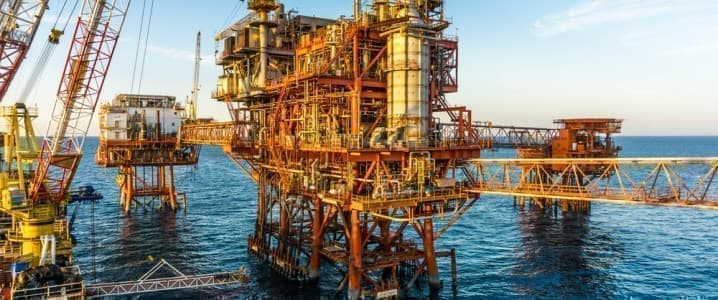Private Equity Cashes In After $30 Billion Shale Exit Deals
- Buyout firms with oil and gas assets sold an estimated $30.55 billion worth of these last year.
- Private equity saw the perfect opportunity to exit some oil and gas assets amid rising valuations of drilling locations in 2023.
- U.S. oil and gas exploration and production companies spent as much as $234 billion on M&A last year—the highest such spend in real dollar terms since 2012.
Private equity firms have rewarded investors handsomely in recent months after divesting more than $30 billion worth of oil and gas assets in the U.S. shale patch in a blockbuster year for American upstream mergers and acquisitions.
Buyout firms with oil and gas assets sold an estimated $30.55 billion worth of these last year, and consequently, they paid billions of dollars to the investors of their oil and gas-focused funds, The Wall Street Journal reports.
As oil and gas producers, flush with cash from the 2022 record profits, started scouring the U.S. shale patch for additional drilling inventory, private equity saw the perfect opportunity to exit some oil and gas assets amid rising valuations of drilling locations.
Unlike in the late 2010s boom in acquisitions and production, this time around private-equity holders haven’t been selling entirely undeveloped assets to large public companies. They have developed at least part of the assets to get production and cash flow rising enough to attract the buyers, which are now looking to snap up drilling inventory that would begin yielding cash flows and shareholder returns almost immediately.
The most recent trend of private equity selling billions of dollars worth of assets to public producers began in the second quarter of 2023. Out of the six deals that topped $1 billion during Q2 2023, four were buyouts of exploration and production companies funded by private equity that operated entirely in the Permian by public companies, data from Enverus Intelligence Research (EIR) showed last summer.
The biggest deals involved EnCap Investments selling its portfolio companies Black Swan Oil & Gas, PetroLegacy Energy, and Piedra Resources to Ovintiv in a cash and stock transaction valued at around $4.275 billion. Another major deal was private equity firm NGP Energy Capital Management divesting Hibernia Energy III and Tap Rock Resources, portfolio companies of funds it manages, for $4.7 billion. The buyer, Denver-based Civitas Resources, thus entered the Permian basin with premium low-breakeven inventory, which is set to boost Civitas’ production by 60%.
“The formation of new private-equity-backed E&Ps hit its peak in 2017 and now, six years later, those investments are being unwound via sales to public companies,” Andrew Dittmar, director at Enverus, said.
“For those that invested in the Permian Basin, the returns are likely substantial.”
Investors in oil and gas funds managed by private equity groups did indeed receive substantial returns.
EnCap Investments, for one, distributed a record-high $7.8 billion to investors in 2023, also thanks to the Ovintiv deal, according to an investor letter viewed by WSJ Pro Private Equity.
NGP Energy Capital Management also paid a record distribution to oil and gas-fund investors, exceeding a previous record of $1.5 billion from 2021, sources with knowledge of the matter told the Journal.
Quantum Capital Group paid around $3.1 billion to oil fund investors in 2023, down from a record-high of $3.8 billion in 2022. But then in January 2024, Quantum Capital paid another $900 million to investors, thanks to a $2.7-billion deal it completed in December to sell Rockcliff Energy II LLC to TG Natural Resources LLC, according to Journal sources with knowledge of the matter.
With the current merger and acquisition wave in the U.S. oil and gas sector not over yet, private equity firms have more opportunities to sell assets at high valuations.
For example, U.S. oil and gas exploration and production companies spent as much as $234 billion on M&A last year—the highest such spend in real dollar terms since 2012, the Energy Information Administration (EIA) said in an analysis this week.
Private equity also continues to raise and deploy capital in buying assets. Over the past two years, private equity firms have announced about 20 new commitments, excluding groups investing in minerals and royalties, Enverus said earlier this year.
But the game for the specialist buyout firms has changed, the intelligence company said.
“Rather than buying promising exploratory acreage and hoping to prove it up before selling to a public operator, the firms will likely be looking to buy relatively developed assets cheaply and generate dividends for their private investors.”
By Tsvetana Paraskova for Oilprice.com



